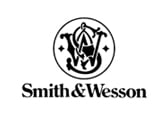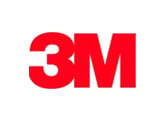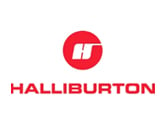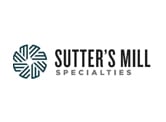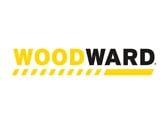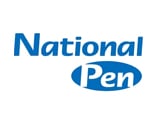Guide to Laser Marking Glass

Introduction to Laser Marking Glass
Glass marking with CO2 lasers creates permanent, high-contrast surface etching for product identification, decorative applications, and technical part marking across medical, electronics, and consumer industries.
How CO2 Lasers Mark Glass
CO2 lasers operate at 10.6 microns, a wavelength readily absorbed by glass materials. The laser creates controlled surface etching that produces a frosted white appearance against the clear glass background. This process removes microscopic amounts of material while maintaining structural integrity.
The marking process heats the glass surface rapidly, causing localized expansion and controlled micro-fracturing that creates the visible mark. Unlike coating removal, glass etching becomes part of the substrate itself.
Surface Etching for Maximum Readability
Surface etching produces marks typically 10-50 microns deep with high visual contrast. The frosted appearance scatters light, creating clear visibility under various lighting conditions. This depth provides permanent marking without compromising glass strength.
Etched marks resist wear, chemicals, and temperature cycling. The contrast remains consistent whether viewed in bright light or low-light conditions, making it ideal for identification applications where readability is critical.
Product Identification and Branding Applications
Consumer Products
Wine bottles, glassware, and decorative items benefit from permanent brand marking that survives dishwashing and handling. Logos, text, and serial numbers remain visible throughout the product lifecycle.
Industrial Identification
Laboratory glassware, measuring instruments, and safety glass require permanent identification for inventory control and compliance tracking. Laser marking provides tamper-proof identification that chemical cleaning cannot remove.
Packaging Applications
Glass containers for pharmaceuticals, cosmetics, and food products use laser marking for lot codes, expiration dates, and regulatory information. The marking withstands sterilization processes and temperature variations.
Medical Device Components
Surgical instruments, diagnostic equipment housings, and implantable device components require biocompatible, permanent marking. CO2 laser etching creates marks that survive sterilization cycles without degradation.
Marking includes device serial numbers, manufacturing dates, and regulatory symbols required for medical device traceability. The permanent nature ensures compliance throughout the device lifecycle.
Electronics Applications
Display covers, touch panels, and optical components use laser marking for part numbers, specifications, and assembly guidance. The non-contact process avoids contamination concerns critical in electronics manufacturing.
Fiber optic components and precision optical parts benefit from marking that doesn't introduce stress or contamination. The controlled etching process maintains optical clarity in non-marked areas.
Decorative Engraving Capabilities
Decorative glass marking creates custom designs, patterns, and artistic elements on architectural glass, awards, and specialty products. The CO2 laser reproduces fine detail and smooth curves impossible with traditional methods.
Custom logos, commemorative text, and intricate patterns enhance product value while maintaining a permanent, professional appearance. The etching depth can be varied to create subtle shading effects within single designs.
Awards and recognition items benefit from detailed text and graphics that photograph well and maintain their appearance over time. The white frosted appearance provides excellent contrast for both photography and display.
Material Compatibility, Quality, and Consistency
CO2 lasers work effectively on soda-lime glass, borosilicate glass, and most commercial glass formulations. Clear, tinted, and lightly coated glasses all respond well to CO2 laser marking.
Tempered glass requires careful parameter selection to avoid stress concentration, while annealed glass offers the most flexibility for marking depth and detail. Specialty glasses like lead crystal produce particularly attractive contrast due to their composition.
CO2 laser marking produces consistent depth and appearance across production runs. Computer-controlled systems ensure identical marking placement and intensity for high-volume applications.
The non-contact process eliminates tool wear and maintains consistent quality regardless of production volume. Automated part handling systems can mark hundreds of parts per hour while maintaining precision placement.
Typical marking speeds range from 5 to 25 inches per second, depending on desired depth and detail. Character heights from 0.5mm to several inches are achievable with appropriate lens selection.
Marking fields from 2" x 2" to 12" x 12" accommodate various part sizes. Larger parts can be marked using multiple positioning or tiling techniques for complete coverage.
Jimani's Glass Marking Expertise
Our job shop has marked glass components for medical device manufacturers, electronics companies, and decorative glass producers since 1990. This experience includes developing optimal parameters for various glass types and marking requirements.
We provide both contract marking services and complete CO2 laser systems configured for glass applications. Our systems include the proper lens selection, power levels, and parameter settings for consistent glass marking results.
Ready to explore glass marking for your application? Contact us to discuss your specific marking requirements and see samples of our glass marking capabilities. darker as the part is handled more.
Glass Laser Marking: What Actually Works in the Real World
Laser Etching Services
Laser Etching Glass: Achieving Superior Results with No ...
Some of Our Clients
